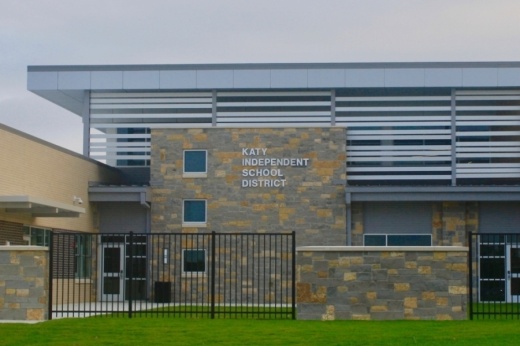“In 2015, Texas set a goal that by 2030, 60% of Texans would have some type of certificate or degree—it was known as the Texas 60 by 30,” said Natalie Martinez, KISD’s executive director of school improvement. “It was then recommended that two checkpoints be established within the pre-K through 12 system. The two checkpoints landed in third grade and with our annual graduates.”
At the board of trustees meeting, the district shared that the majority of KISD schools in the district with third and 12th grades not meet the pre-pandemic targets the district had set for the 2020-21 school year for the Texas 60 by 30 legislation In 2020-21, 72% of KISD high school students met their college, career, and military readiness targets—but the overall goal set by the district in the Texas 60 by 30 plan is 75%, a 3% gap—according to the Sept. 27 presentation at a KISD board of trustees meeting.
Individual campuses had their own goals—set by the district—to meet. Katy High School students exceeded its 70% goal with a score of 72%, but Cinco Ranch, Mayde Creek, Morton Ranch, Seven Lakes,
Taylor and Tompkins high schools all did not meet their goals.
Seven Lakes High School had the smallest difference between its goal and actual scoring—with 89% meeting targets compared a 90% goal for the campus. Taylor High School had the largest gap with 72% meeting the targets, compared to a 83% goal. KISD high school results showed a 1-percentage-point decrease during the 2020-21 school year.
The district’s Secondary Teaching and Learning Team has created a plan to target and address areas “within the CCMR framework,” according to district documents. According to the district’s plan, readiness for 2022 graduates will increase from 72% to 77% by spring 2022.
Elementary schools in the district saw similar changes. According to KISD officials, State of Texas Assessments of Academic Readiness in elementary reading showed a 2-point decline during the 2020-2021 school year compared to 2018-19 school year, whereas STAAR elementary math showed a 12-point decline during that same time period.
STAAR testing was not held during the 2019-2020 school year. Trustee Rebecca Fox and other KISD officials attended a Texas legislative school board conference in September, where TEA Commissioner
Mike Morath spoke on learning loss.
“One of the statistics he quoted was how hard it is to catch students up when there is a lag behind,” Fox said. “He used Hurricane Katrina as the example. He said it took four years of intervention to catch students up on reading and language arts—in math, they never caught up. ... It’s frightening to think that no matter how many interventions we’re going to do, they might never catch up.”
KISD attributed the decline to pandemic-related school interruptions, noting the district’s Curriculum and Instruction Team has developed plans for addressing learning loss. According to district officials, the plan aims to increase third grade “meets or above” reading scores from 57% to 62% by spring 2022.
Additionally, the plan aims to increase third grade “meets or above” math scores from 48% to 63% by spring 2022. The five-year plan began in 2019 and goes through 2024—moreover, it cannot be updated or altered under current Texas Education Agency guidelines.
“A lot has happened since these goals were created,” Martinez said. “TEA has not given further guidance on House Bill 3, so we are not allowed to update the goals or the targets—and that means you’re going to find some interesting things in this report. It is possible that a school has already exceeded their 2022 goal or target and we’re not allowed to change it, and it is possible that a school fell a little bit more than expected—so the goal seems a little out of reach. In either case, we’re not allowed to change these goals or targets.”
In total, the district was allocated $79.3 million—not including the funds that will go toward the state’s hold-harmless policy—to put toward learning loss as well as safety and mental health. The first round of federal Elementary and Secondary School Emergency Relief I funding brought $5.3 million to the district; ESSER II funding brought KISD $29 million; and ESSER III funding brought $67 million.





